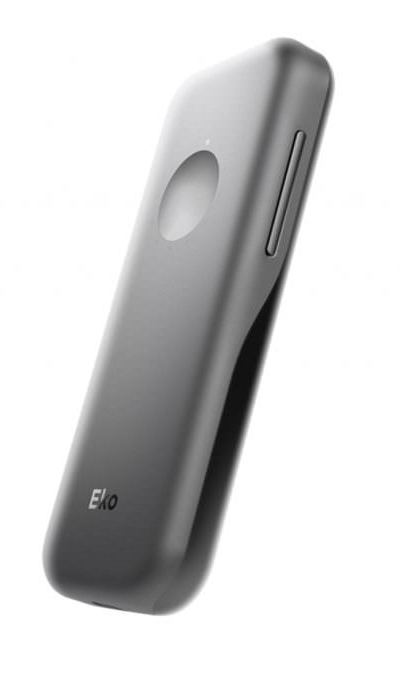 We’ve all heard the saying, usually from well-meaning friends and family giving unsolicited health advice: An apple a day keeps the doctor away.
We’ve all heard the saying, usually from well-meaning friends and family giving unsolicited health advice: An apple a day keeps the doctor away.
Though this childhood rhyme may seem overly simplistic, its deeper implication about the importance of discipline and daily decision-making speaks to a growing health care trend, better known as the “quantified self” movement.
Self-quantification, which empowers individuals to gain access to their personalized, real-time health data, is making major strides in both the consumer and commercial health care industry, and Texas Engineering alumna Jackie Leverett Wasson has her finger on the pulse of this technological breakthrough.
Wasson, a biomedical engineer who earned her bachelor’s degree from UT in 2012 and her master’s degree in electrical engineering from the University of California, Berkeley in 2014, has a passion for designing novel devices that make health care more accessible, intuitive and effective. After working as a research electrical engineer at Fitbit for over three and a half years, she now works at Eko Health in Berkeley, California as a senior systems engineer, developing new products and improving cardiovascular technology.
“Wearable technology really started to take off when I was a student at UT,” Wasson said. “I had the opportunity to be one of the early adopters of the most primitive devices. It’s been exciting to see how the technology has evolved from the perspective of both a consumer and a professional.”
Wasson notes that, historically, health decisions have been tied to the rhythm of annual doctors’ visits, placing full responsibility on physicians to solve their patients’ problems. Doctors run tests, review data and share suggestions for diet and lifestyle changes that will likely improve a patient’s health, and that patient is expected to adhere to the doctor’s orders without real-time feedback.
However, with the evolution of wearable technology, data that was previously exclusive to doctors, nurses and hospital staff is now making its way into the hands — and onto the wrists and skin — of consumers. From heart rate monitors and sleep trackers to exercise moderators and calorie counters, we are now able to customize our wearable devices to monitor areas of highest concern.
“As humans, we need more incentives and data than a yearly check-up to keep us motivated,” Wasson said. “When we can turn data collected from everyday activities into something meaningful for people, we’re providing them with the incentives they need to remain in control of their own health.”
This incentive-based health care model is proving to be a driving force behind advancements in preventive health care. Now that consumers have acquired a more comprehensive profile of their overall health, they are placing themselves in a position to make the best long-term choices on a daily basis, transforming an historically doctor-driven relationship to a more patient-driven experience.

“My dream is for each individual to be keenly aware of how their body functions. Wearable technology has the potential to be a truly powerful tool for physicians to better guide their patients toward healthier outcomes and for patients to get constant feedback on their progress. I want general trends and traditional medical recommendations to be replaced with specific advice that is generated for each unique human body,” Wasson shared. “We are redefining what it means to be a healthy human being both physically and mentally. You might say ‘no’ to that cheeseburger or cupcake if you saw the resultant spike in your blood triglycerides or glucose levels!”
Although wearable technology has benefited from remarkable advancements over the last few years, there are still many challenges biomedical engineers face as they seek to further hone the technology.
“One of the primary challenges we’ll need to overcome is in handling all the data we’ve collected,” Wasson said. “The real innovation will occur in how we process that data and transform it into something very actionable for people. There’s a lot of untapped power that we’ve yet to realize.”
In addition to harnessing the power of mass amounts of data, engineers are also working to determine how to best collect bio-signals from the body’s available real estate and craft those signals into sensors that are precise and reliable yet discreet.
Despite these formidable challenges, the quantified self movement continues to gain momentum as consumers take charge of their own health. The possibilities are endless, particularly for patients dealing with chronic illnesses. When real-time, personalized data is combined with periodic reviews by medical professionals, these patients can craft a well-integrated and highly individualized health plan that provides daily peace of mind — and gives them their lives back.
“It’s really about maximizing control over living your best and healthiest life,” Wasson shared. “It’s inspiring. As wearable technology continues to advance, we are discovering more ways to give people power over their health.”